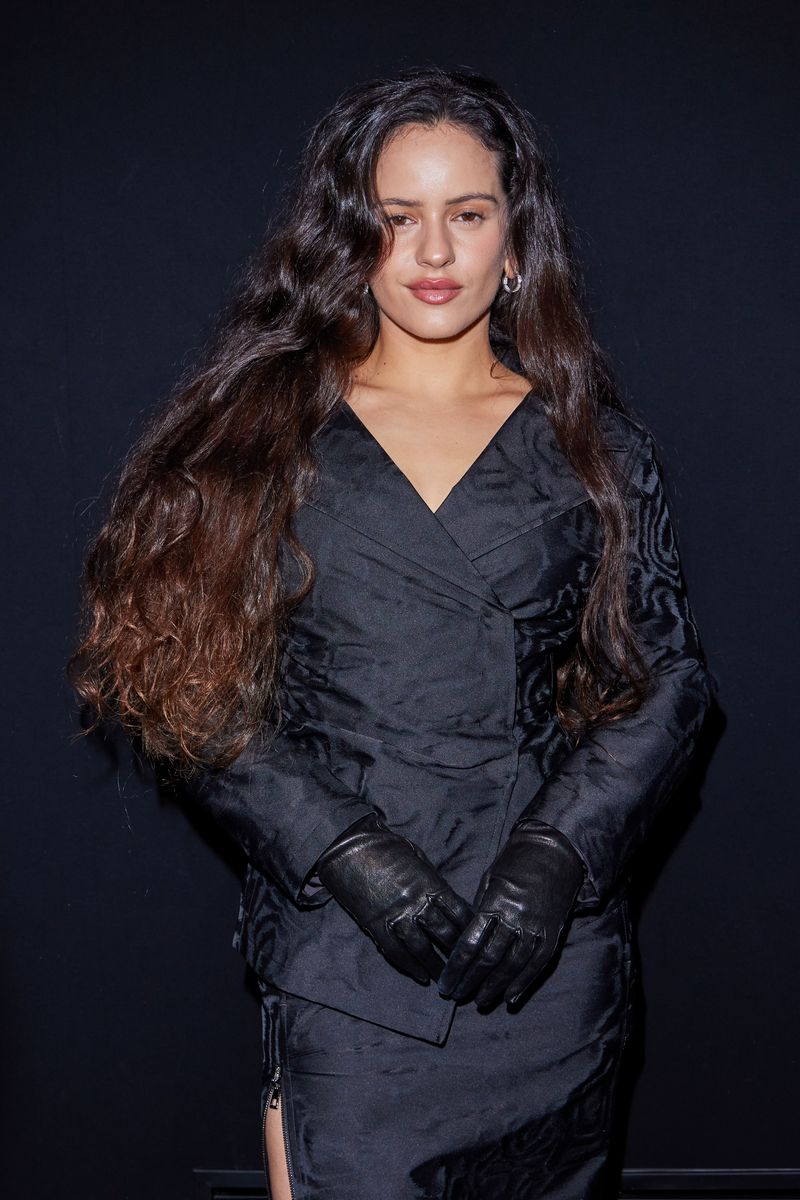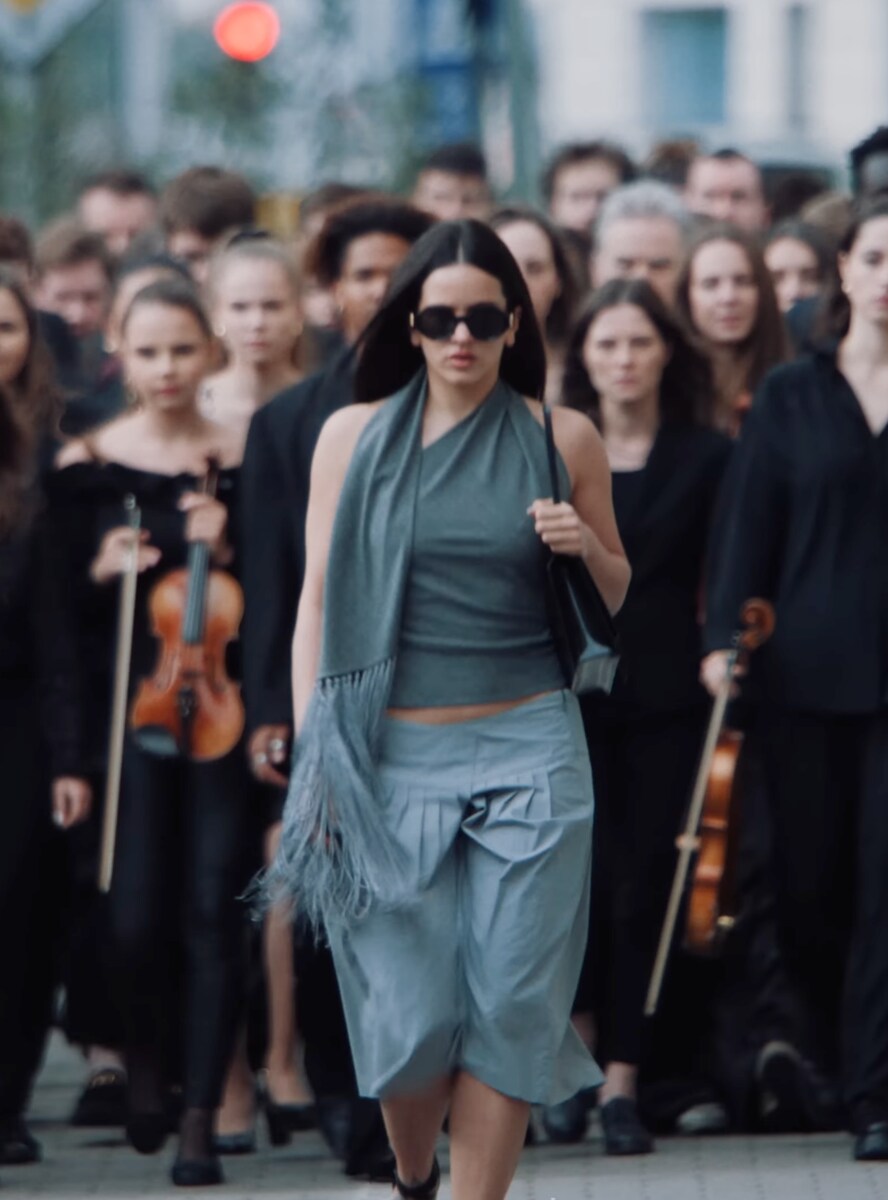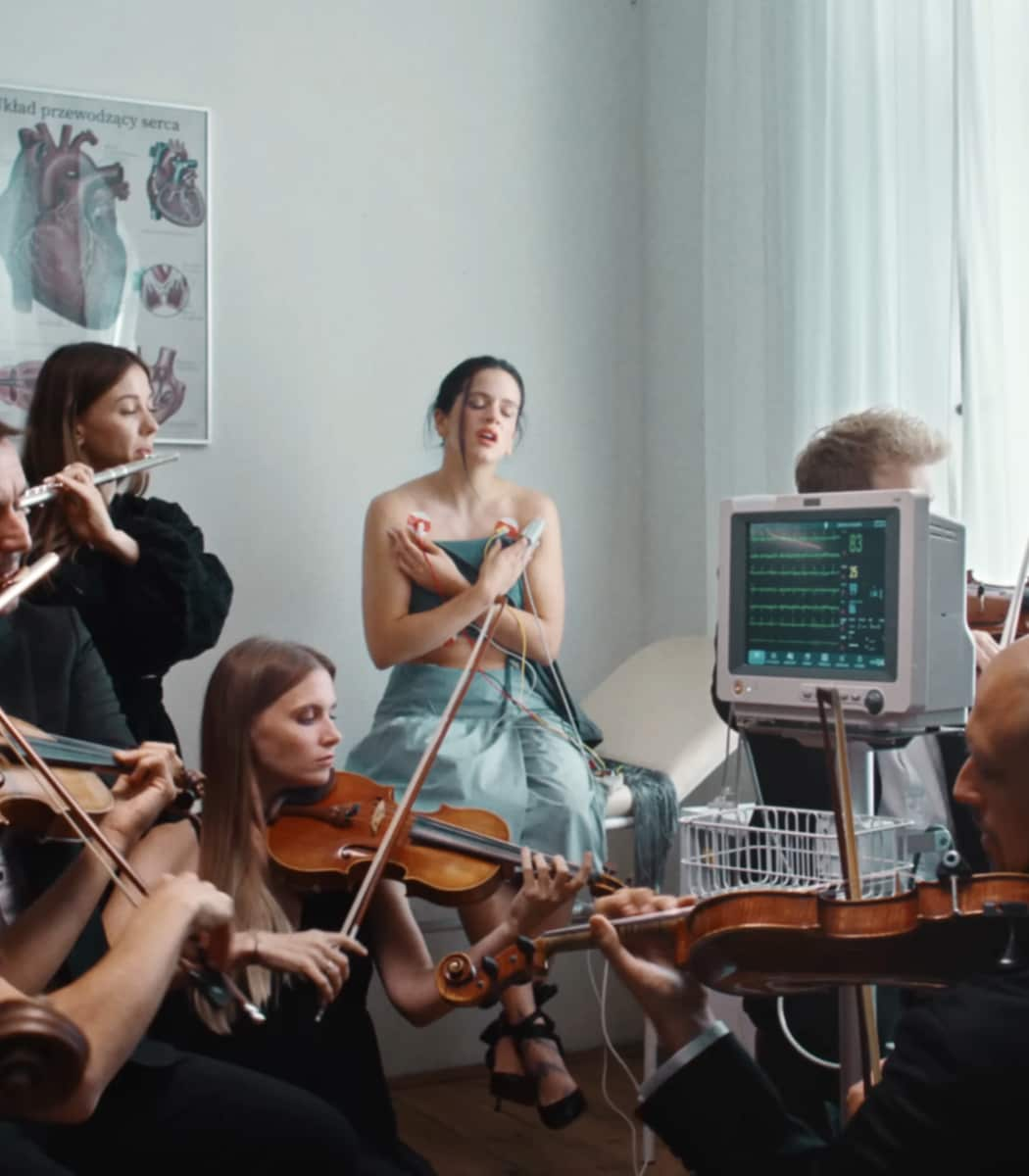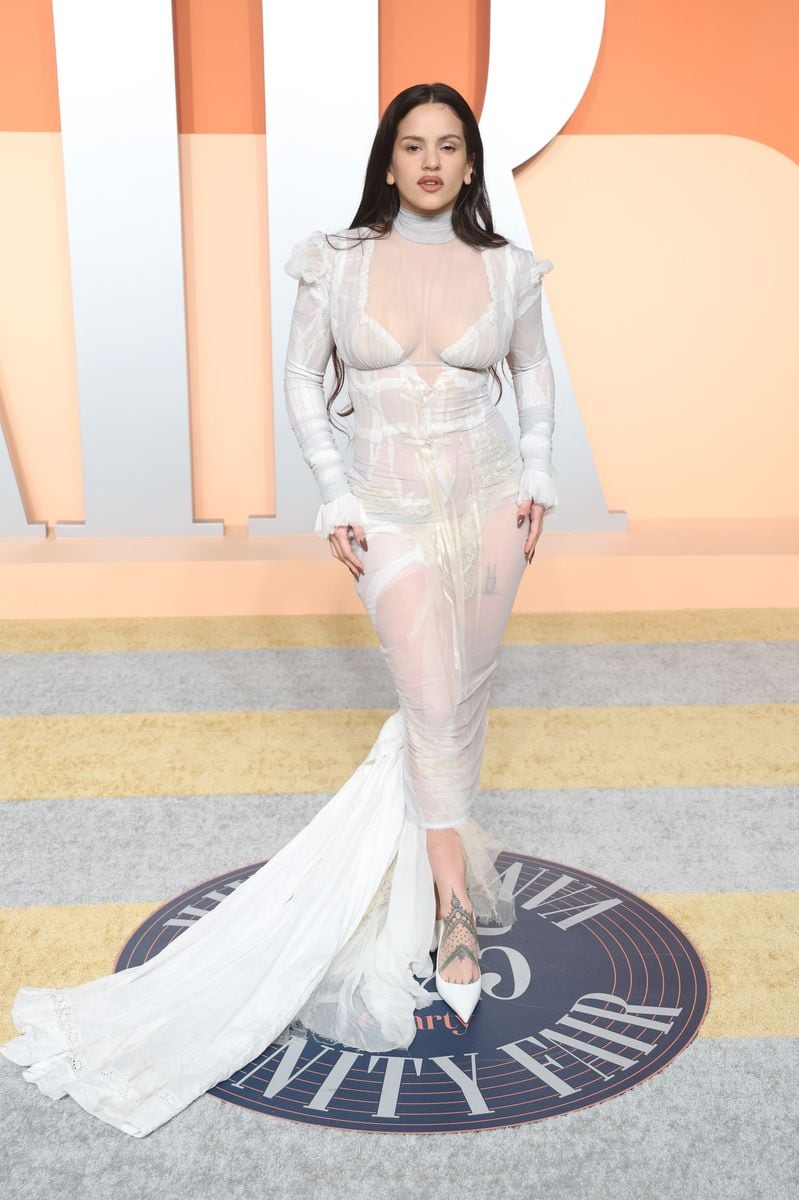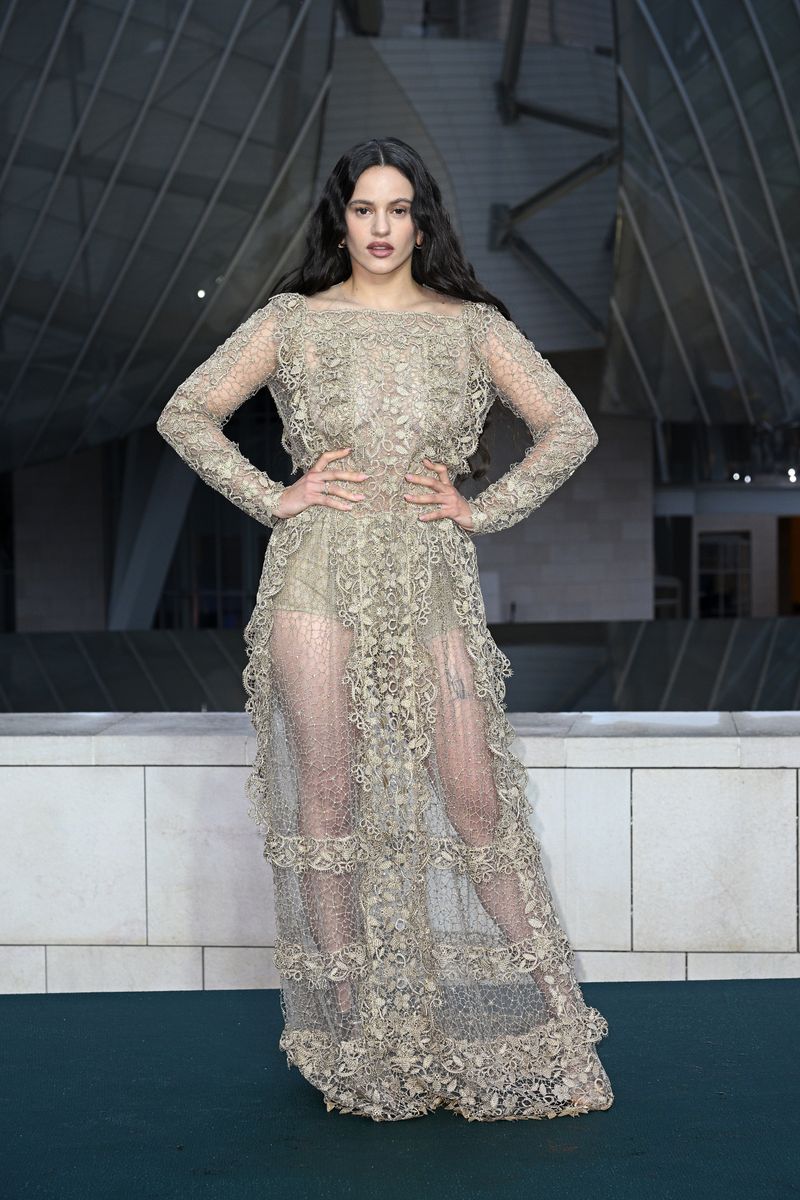Spanish pop visionary Rosalía is once again reshaping the boundaries of modern music. Her upcoming album 'Lux,' set for release next week, is a highly anticipated project that unfolds across 13 languages, among them Spanish, Catalan, English, Latin, Sicilian, Ukrainian, Arabic, and German.
During an interview with The New York Times’s 'Popcast,' Rosalía revealed that the project took more than two years to complete. Much of that time was spent not just composing, but studying and diving deep into how to write and sing authentically in languages far removed from her own.
“It’s a lot of trying to understand how other languages work. It’s a lot of intuition also and trying to be like: Okay, I’m going to just write and let’s see how this will sound in another language. Google Translate — and let’s see how this word is said. Okay, let me check with somebody who actually is a translator. If I rhyme this with that, will it make sense? No, it actually doesn’t make sense. Let me rephrase it. Constant back and forth for entire years just dedicated on lyrics,” the singer said.
Rosalía emphasized that 'Lux' was made entirely without the aid of artificial intelligence. “It’s all human — very much human,” she said, describing the songs as “like a puzzle, like a labyrinth.” Each track, she added, was assembled with the precision of a composer and the instinct of a poet.
The album’s sonic architecture draws from operatic and classical traditions as much as from pop. The London Symphony Orchestra appears throughout, with arrangements by Pulitzer Prize winner and former Kanye West collaborator Caroline Shaw and others. The production team, including Rosalía herself, Noah Goldstein (Yeezus), and Dylan Wiggins (SZA, Justin Bieber), crafted a sound that shifts between roaring intensity and ethereal stillness.
Rosalía described the experience as both creative and philosophical. “It’s because of the love and curiosity — wanting to understand better the other,” she said. “You know, Simone Weil, she says, love is to love the distance between ourselves and the loved object. And I think it’s true: Through understanding the other, maybe you can understand yourself better, and you can learn how to love better.”
“A white canvas is like looking into an abyss,” Rosalía said of her process. “But at the same time, there’s something that even makes me feel more uncomfortable, which would be to stay still.”
That refusal to remain still has long defined her career. From flamenco student to global innovator, Rosalía’s artistry is rooted in the tension between tradition and transformation. With 'Lux,' she transforms once more, building bridges through language and music.

